Empowering African Forecasters with Meteosat Third Generation for Enhanced Weather Prediction
The training initiative led by EUMETSAT and the Kenya Meteorological Department (IMTR) marks a significant step forward in Africa’s meteorological capabilities. By focusing on the newly operational Meteosat Third Generation (MTG) Meteosat-12 satellite, the program equips African forecasters with advanced techniques to improve weather monitoring, forecasting accuracy, and contribute to early warning systems. This initiative is set to transform how meteorological departments across the continent interpret and utilize satellite data, leading to more precise and timely weather predictions.
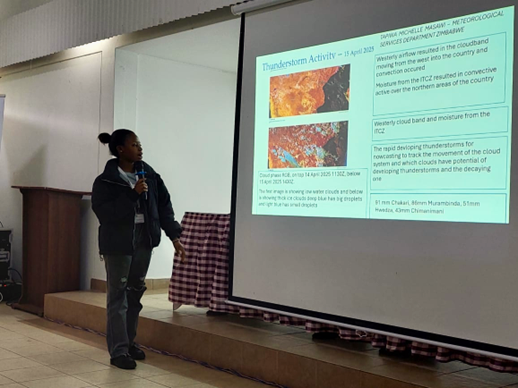
Michelle Masawi MSD's participant giving a presentation
The training held from 12th to 16th May 2025 began with an official opening ceremony attended by key figures, including Dr. David Gikungu, Kenya’s Permanent Representative to the World Meteorological Organization (WMO), and representatives from EUMETSAT and IMTR shown by Figure 1. The sessions provided a comprehensive understanding of MTG satellite imagery, with practical exercises reinforcing real world applications. Forecasters revisited RGB satellite data interpretation and observed live forecasting processes at the Central Forecasting Office, gaining first hand insight into operational workflows.
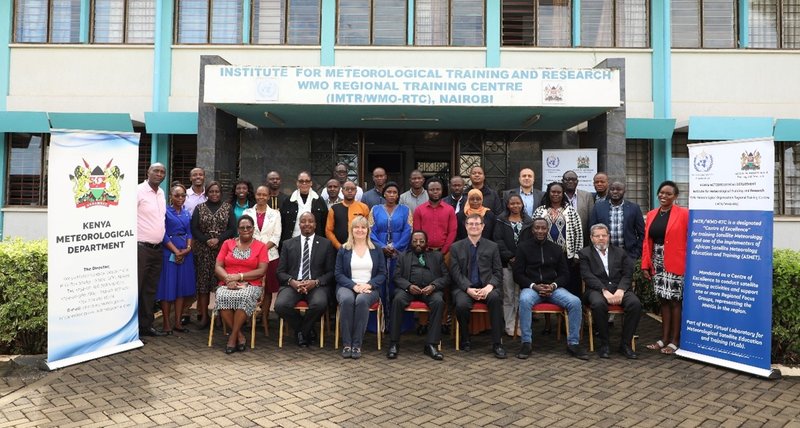
Participants posing for a group photo with the Director of Kenya Meteorological Department
A major highlight was the introduction of PUMA 2025, EUMETSAT’s next-generation data processing system for MTG. This powerful tool offers higher spatial and temporal resolution than previous systems, enabling forecasters to detect weather patterns with greater precision. The ability to distinguish between low and high clouds, identify fog, smoke, and fires, and track lightning activity in real-time will significantly enhance short-term forecasting and nowcasting. The system’s scalable server architecture allows multiple users, including remote stations and airports, to access critical data simultaneously, improving coordination and response times during extreme weather events.
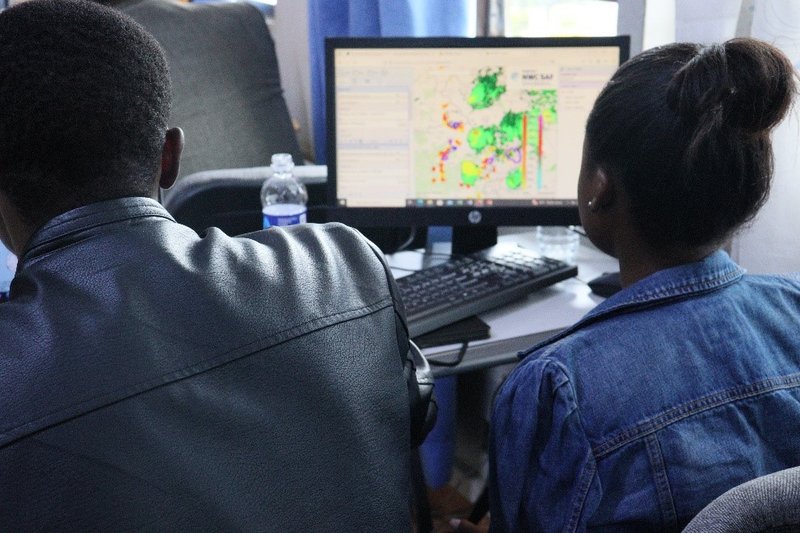
Meteosat Training Workshop Participants In the ASMET Laboratory
One of the most valuable aspects of the training was the hands-on approach. Forecasters engaged in practical exercises, analyzing satellite imagery to predict weather systems and verifying their forecasts the following day. They also explored lightning data analysis using ADAGUC website, which is crucial for tracking severe storms and improving early warnings. Nighttime forecasting exercises further tested their skills, ensuring they can deliver accurate predictions around the clock.
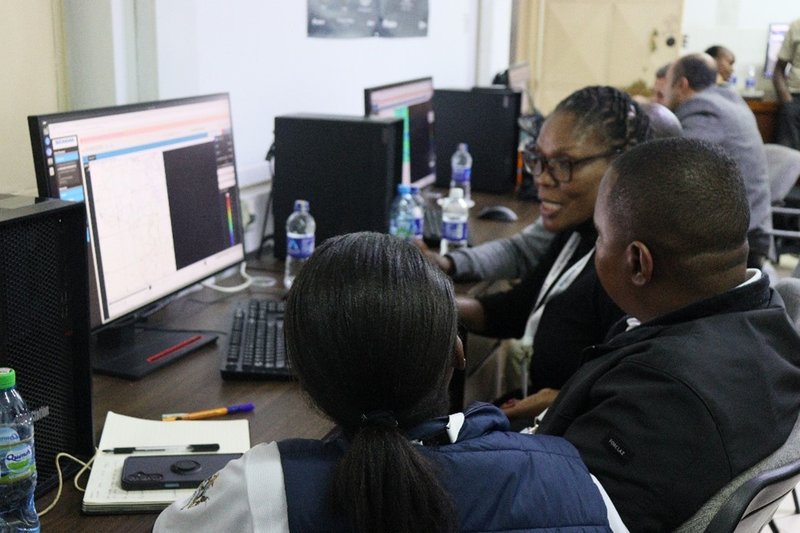
Meteosat Training Workshop Participants in PUMA Laboratory
The training also emphasized the importance of regional collaboration. Forecasters from different parts of Africa shared observations and case studies, fostering knowledge exchange and improving collective forecasting capabilities. By the final day, participants presented detailed analyses of significant weather events, demonstrating their enhanced ability to leverage MTG data for real-world applications.
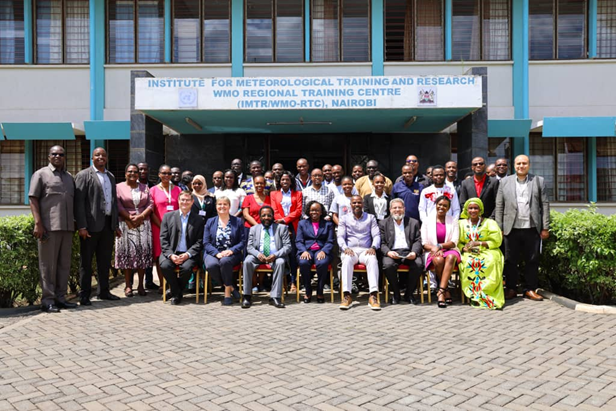
Participants, Facilitators from EUMETSAT and IMTR, Director and the Minister of Environment, Climate Change, and Forestry and her Permanent Secretary
For meteorological departments, the benefits of this training are immense. Improved satellite data quality means more accurate weather models, leading to better public advisories and disaster preparedness. The integration of PUMA 2025 with existing systems like ClimSA ensures seamless data flow, enhancing climate monitoring and long-term planning. Additionally, the flexibility of remote access allows forecasters to work from different locations, ensuring continuity of services even in challenging conditions.
Ultimately, this initiative empowers African meteorological services to harness cutting-edge technology, reducing reliance on external forecasts and strengthening local expertise. With Meteosat-12’s advanced capabilities and PUMA 2025’s enhanced processing power, African nations are now better positioned to mitigate weather-related risks, protect vulnerable communities, and support sustainable development through reliable climate intelligence. The success of this program underscores the importance of continued investment in satellite technology and training, ensuring that Africa remains at the forefront of meteorological innovation.
Meteorological Services Department of Zimbabwe (2025)

